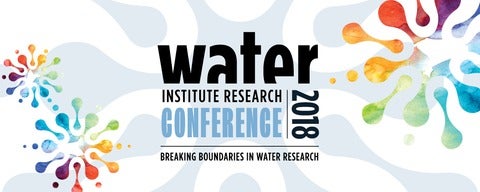MASc Thesis Seminar | Huiwen Zhang: "A Dual Toll Policy for Regulating the Transportation of Hazardous Materials"
The transportation of hazardous materials (hazmat) has drawn significant attention from various stakeholders due to the undesirable impacts on the environment and public health. Focusing on the connection between the traffic and the risk associated with the hazmat shipments, the present research aims to assist the regulator in designing a policy of dual tolls, imposed on both hazmat and non-hazmat shipments, to mitigate the hazmat risk in a road network.



